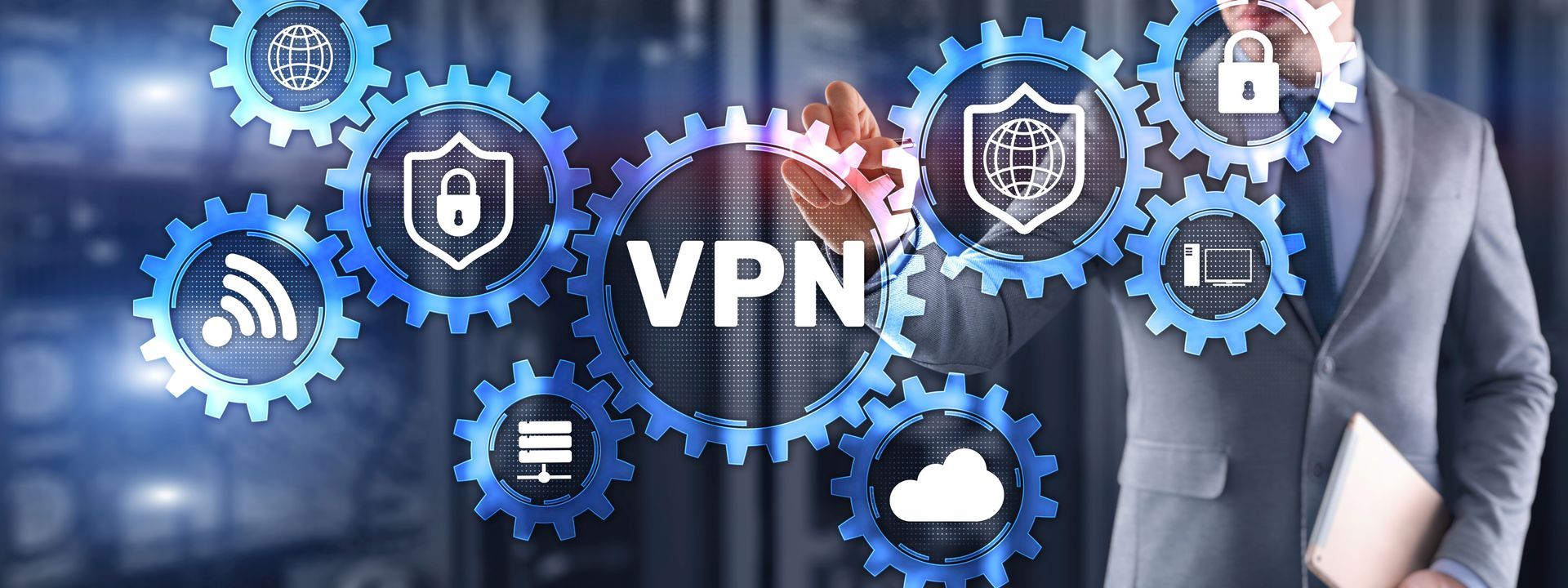Wi-Fi Vulnerability in Microsoft Windows
Wi-Fi Vulnerability in Microsoft Windows
Microsoft has officially acknowledged a recently discovered Wi-Fi vulnerability in its Windows operating system. Using the Common Vulnerability Scoring System, or CVSS, the threat has been assessed as having a severity rating of 8.8 out of 10. This is a serious level of concern.
What is the Problem?
Designated as CVE-2024-30078, we are informed that the attacker doesn’t need physical access to your computer, they just need to be nearby. Once they engage this attack, they can remotely execute code on your device. By infiltrating your device in this way, the attacker can do any of a number of things: install malware, access your data, or use your device to gain entry into your organization’s network, to name but a few.
The vulnerability affects the wi-fi driver, so anyone that uses Wi-Fi on a Microsoft Windows device is at risk. Something to note is that the attack won’t even actively be your fault, since there is nothing for you to click on or download. The worrying thing about this threat is that the attacker can not only attack your device once, but multiple times. Often the attack will go unnoticed and/or undetected.
If you go to public places like coffee shops, libraries, malls, hotels, conferences, or anywhere there are a large number of devices, you could be at risk of unknowingly falling victim to this attack.

What Can I Do?
The best thing you can do is to download Microsoft’s patch, released in June 2024. This should help prevent the problem from occurring.
If you use an older version of the operating system that is no longer supported by Microsoft, the only thing you can practically do is to update your software. If you cannot, or don’t want to, update your software, you might be wise to employ an EDS to alert you to any unusual activity.
As more people learn about this threat, the more potential there is that the bad actors are going to try to use it. If you use Microsoft Windows along with Wi-Fi, this is a real threat and one that should not be taken lightly.
USEFUL LINKS:
CISA: https://www.cisa.gov/news-events/alerts/2024/06/11/microsoft-releases-june-2024-security-updates
Microsoft Update Guide: https://msrc.microsoft.com/update-guide/releaseNote/2024-Jun
How We Can Help
To begin the process of training your employees in cybersecurity procedures as efficiently and cost-effectively as possible, NC-Expert provides you with a 1-day starter training session: CyberSAFE. ( https://www.nc-expert.com/class/certnexus-cybersafe )
In this training, your team will be taught the basics of cyber security, and will be made aware of the fundamental traps into which many employees fall, inadvertently allowing attackers access into your system.
Once this training has been completed, we can provide further trainings, which increase in complexity as your employees progress up the access permissions chain.
We can provide standard training classes or can customize a program to suit your specific needs and budget. Our trainings are delivered by expert instructors, for individual employees (in our public classes) or for private groups, virtually/online (in real time) or at your site. Contact us for details.
You are welcome to visit our website: https://www.nc-expert.com/
Or you can view our Security training portfolio here:
https://www.nc-expert.com/training-classes-by-track#NetworkSecurity
...
About NC-Expert
NC-Expert is a privately-held California corporation and is well established within the Wireless and Cyber Security industry certification training, courseware development, and consulting markets.
NC-Expert has won numerous private contracts with Fortune level companies around the world. These customers depend on NC-Expert to train, advise, and mentor their staff.
If you are looking for the best in IT industry training then call us at
(855) 941-2121 or
contact us by email today.
This post appeared first on NC Expert .
NC-Expert Blog





